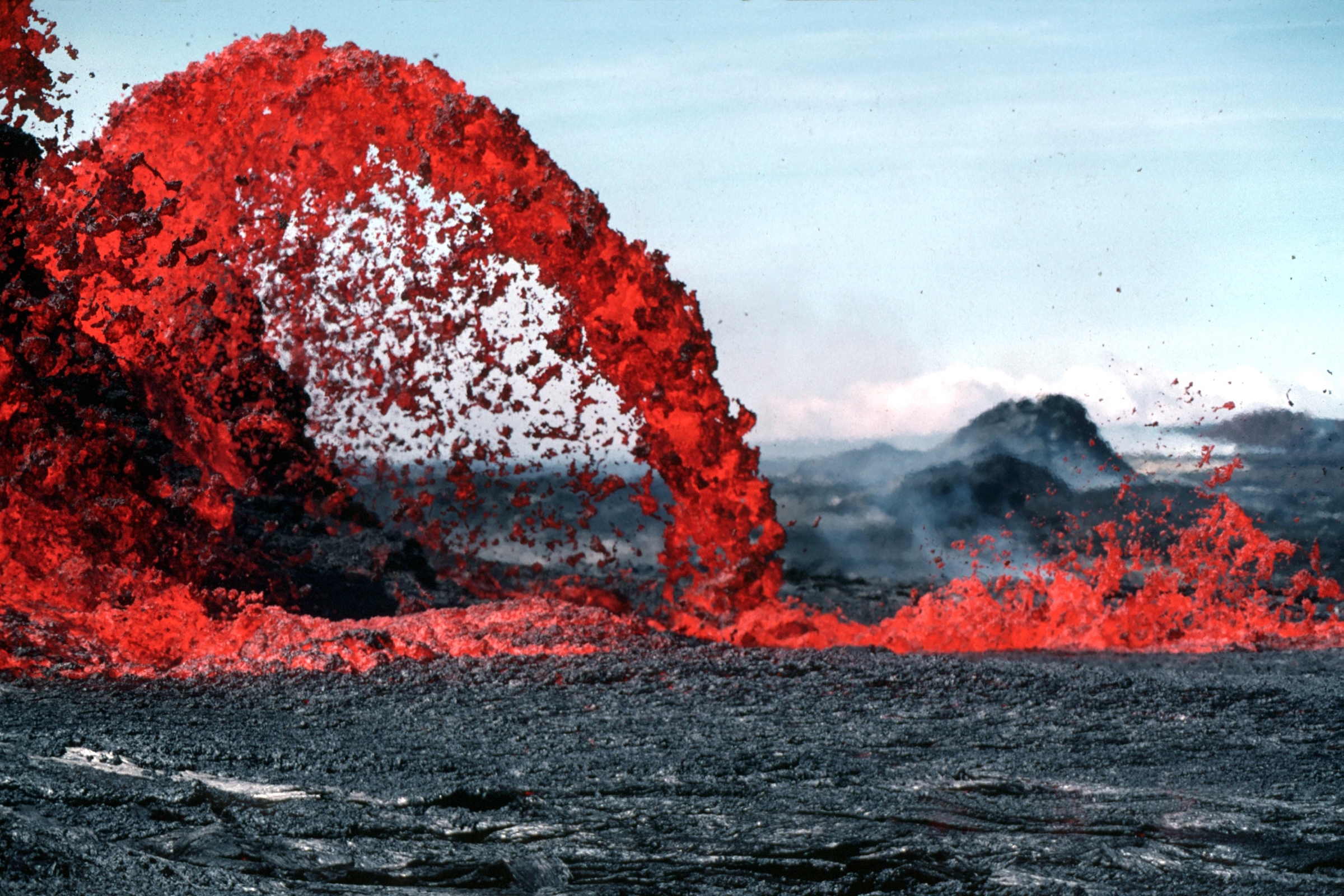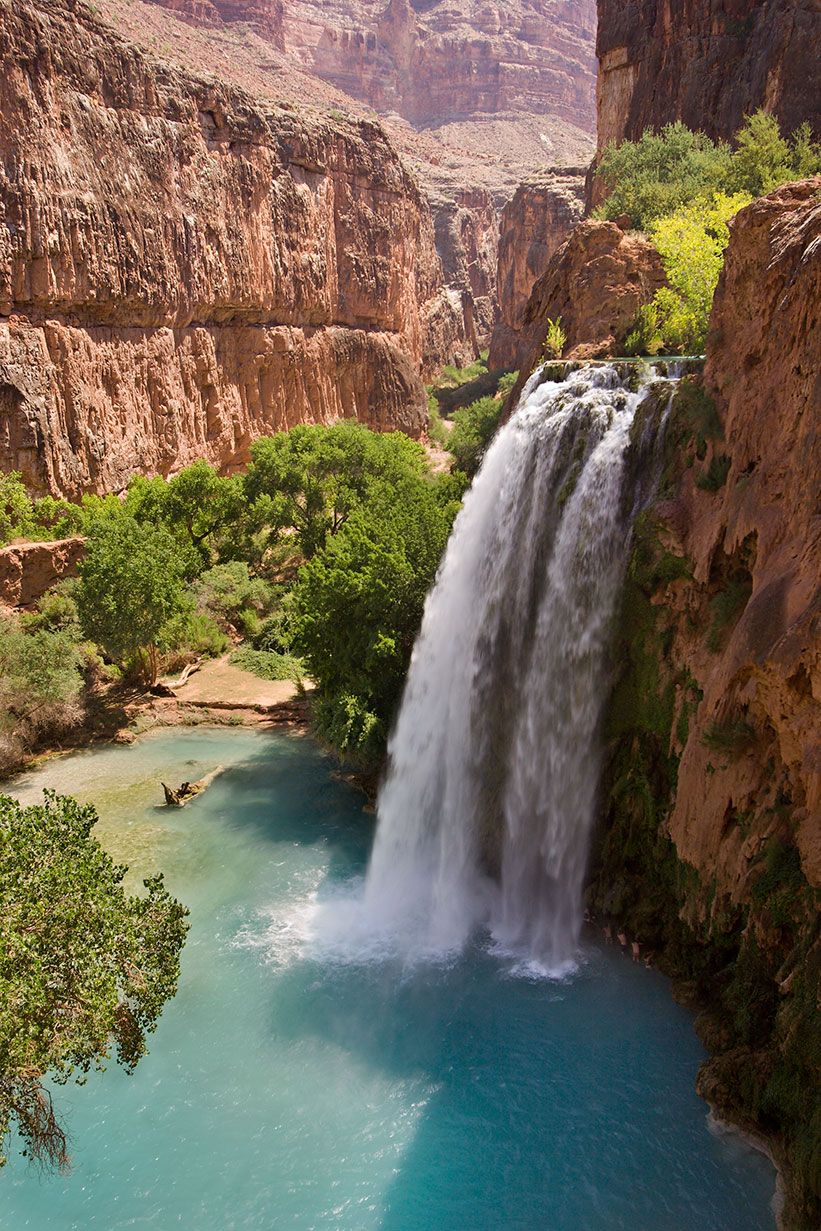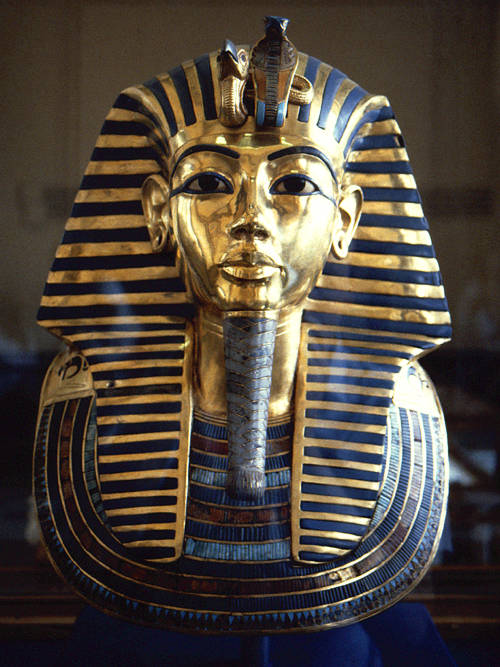Most of what we know of Afghanistan's countryside is filled with images of war and strife. The pictures of our soldiers dying in a country that years ago used US resources to minister to Afghan mujahedeen's which ultimately helped defeat the Soviet Union's military occupation of the nation. Amongst all of the confusion, there was a treasure virtually unknown to the world.
The lost Bactrian Gold treasure represents Afghanistan's cultural heritage. The treasure dates back to 2200 BC and includes archeological pieces from Rome, China, India, Greece, Egypt, and ancient Afghanistan.
Watch as National Geographic unfolds this unforeseen treasure:



One of the most significant finds was the famed Bactrian gold pieces. Bactrian gold is a treasure hoard that lay resting under the "Hill of Gold" for over 2,000 years until Soviet archeologists exposed it shortly before the 1979 invasion.

There were well over "20,600 gold ornaments that was found in six burial mounds near Sheberghan, in the northern Afghanistan province of Jowzjan".
 Image Source
Image Source
The treasure of the royal burial Tillia tepe is accredited to 1st century BCE Sakas in Bactria. A new museum in Kabul is being designed where the Bactrian gold pieces discovered will eventually be kept.
 Image Source
Image Source
 Image Source
Image Source

Additional finds included three classical ivory statues, each nearly three feet (90 centimeters) tall, representing historic water goddesses and a collection of Buddhist terra-cotta sculptures.
Gilded silver ceremonial plate.

 Image Source
Image Source
Gold clasps with turquoise and mother-of-pearl inlay

Kabul Museum

Kabul Museum is the national museum of Afghanistan and at one time its collection was one of the most important in Central Asia; housing over 100,000 items "spanning 50,000 years of Afghan cultural history-prehistoric, classical, Buddhist Hindu, and Islamic."
In 1994, the museum suffered a devastating loss as it was hit by rocket fire and largely destroyed while being used as a military base. In 1996, over 80% of the inventory within the museum was looted by the Taliban when they took over Kabul. "The remaining materials were at that time temporarily moved to the Kabul Hotel."
In 2003, the international population invested US$350,000 to refurbish the building. It was re-inaugurated on September 29, 2004. It will be an exceedingly monumental moment when the Bactrian Gold is settled in the newly constructed museum in Kabul. The pieces will finally have found their way home.
 Archaeology is a religion for illuminated individuals, however if you cross the Gods you will suffer the consequences. Many men have risked their lives in pursuit of historical relics, many have never returned.
Archaeology is a religion for illuminated individuals, however if you cross the Gods you will suffer the consequences. Many men have risked their lives in pursuit of historical relics, many have never returned.


































